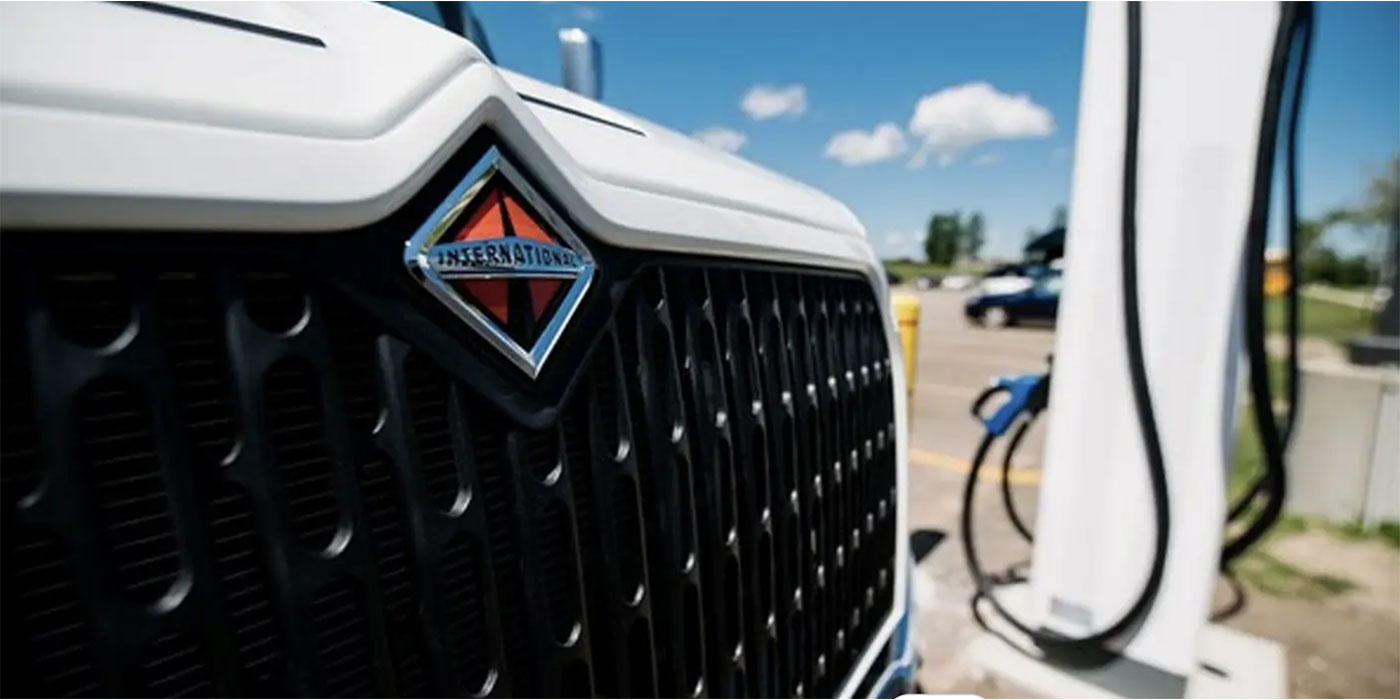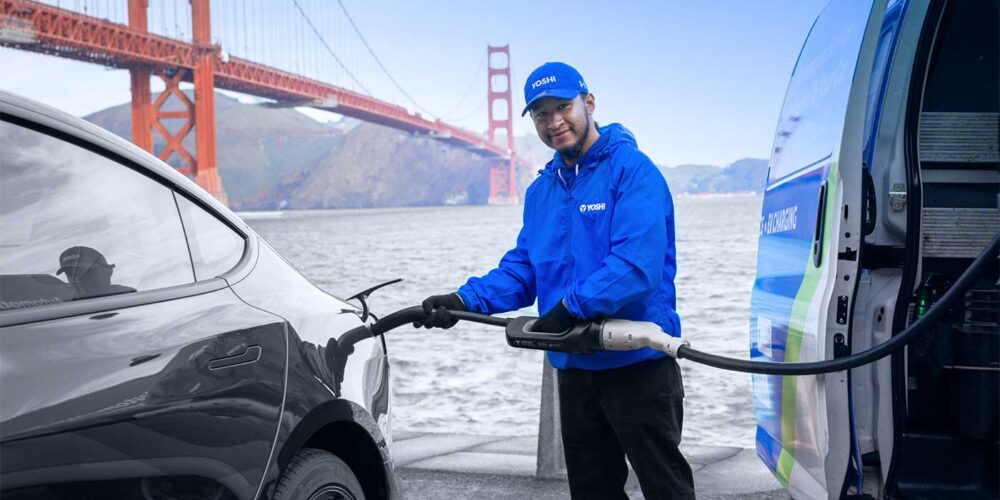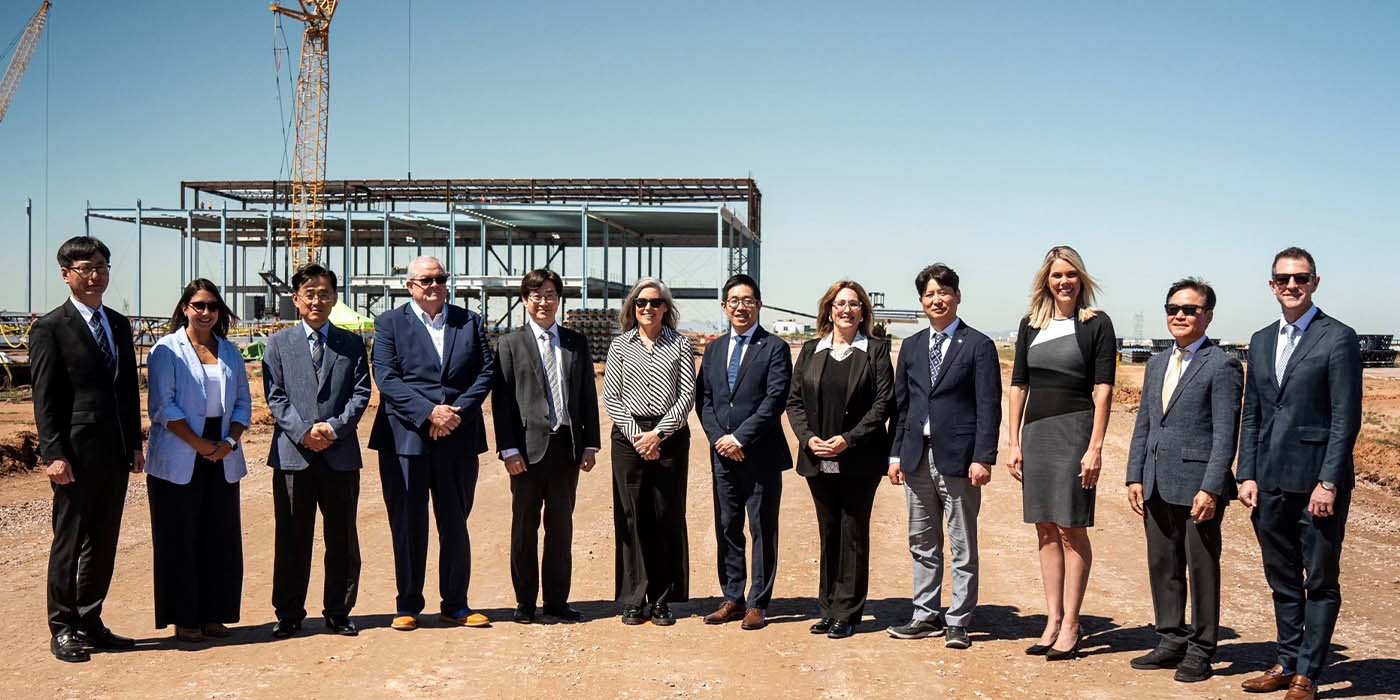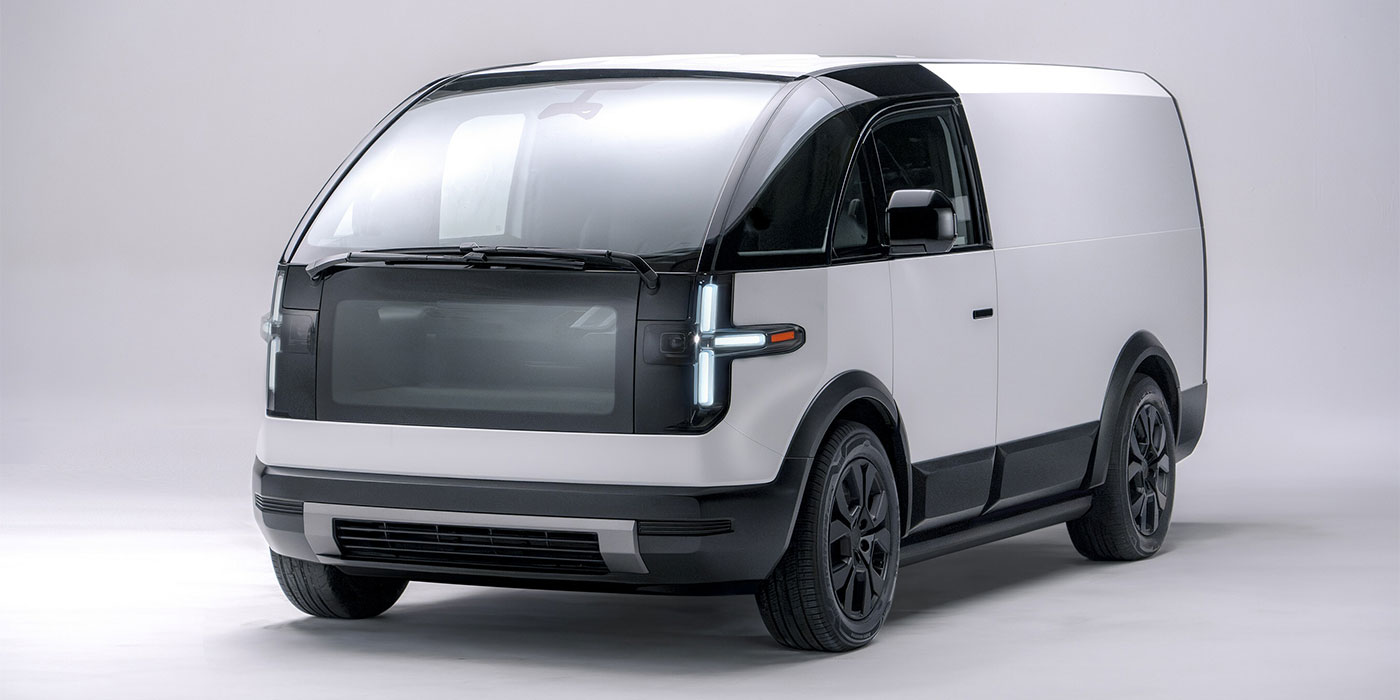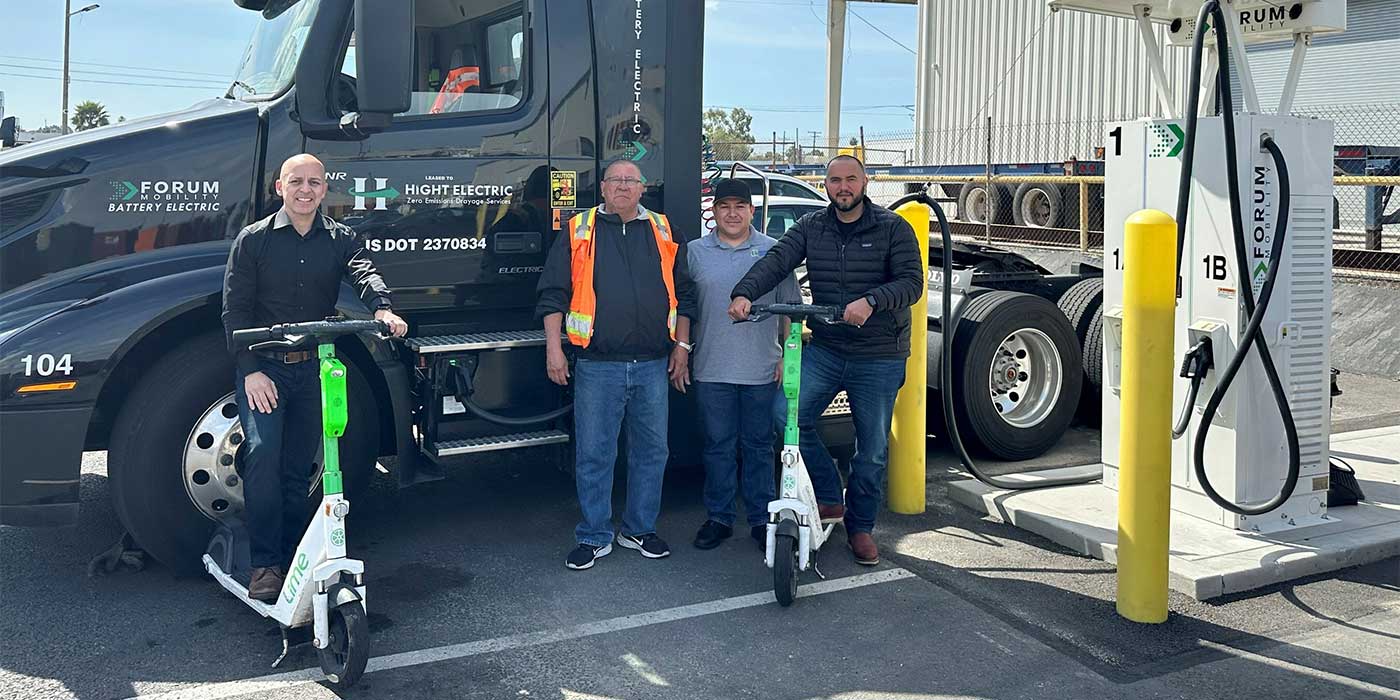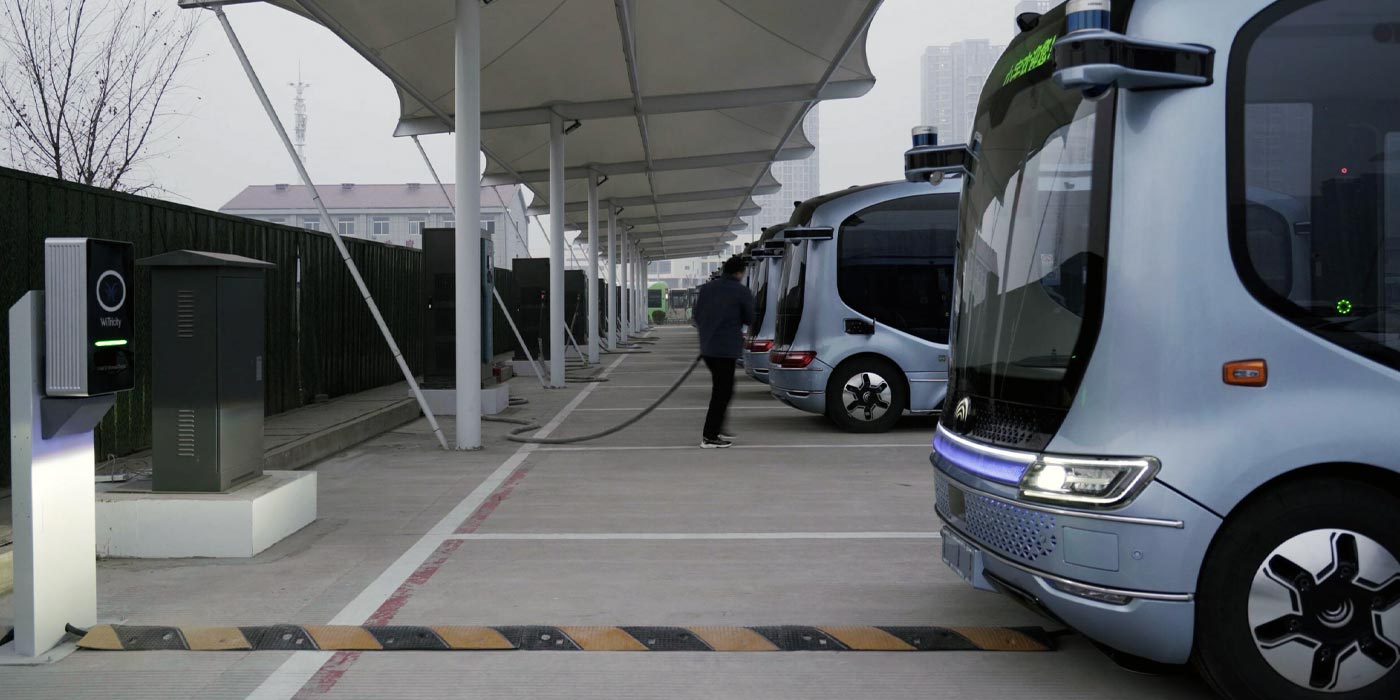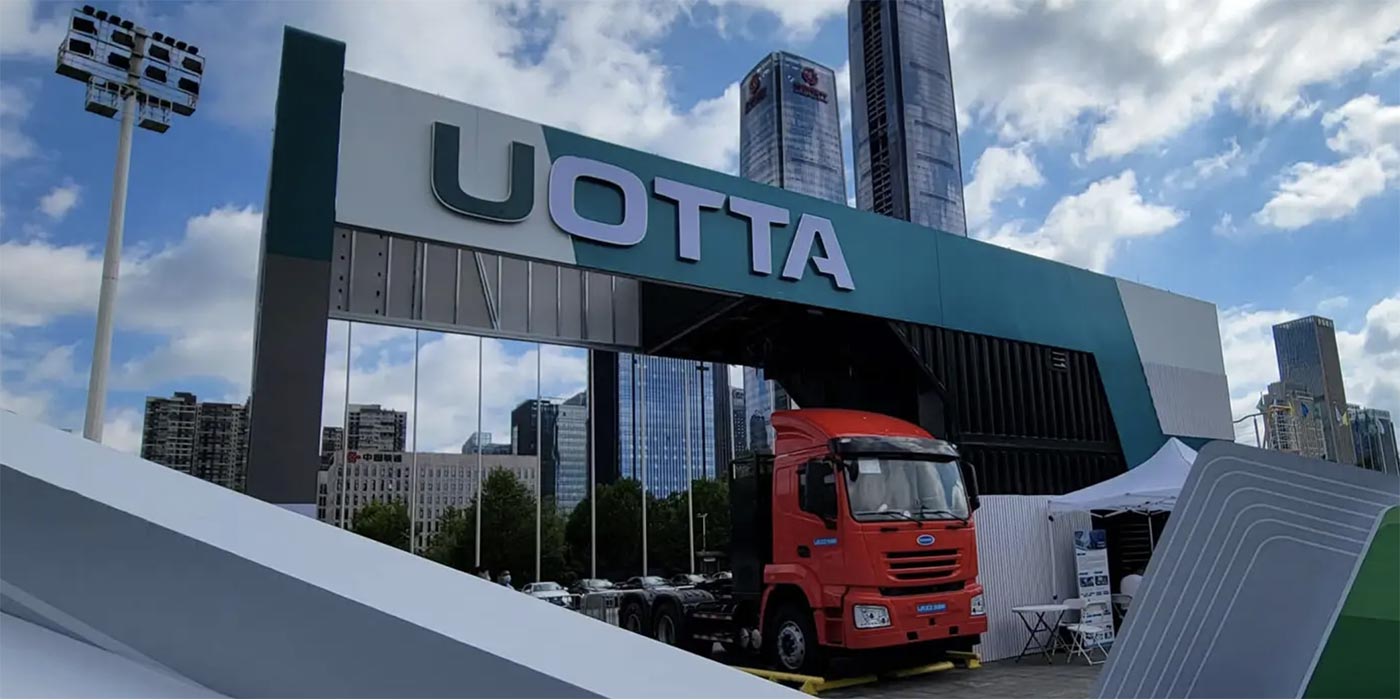According to a new market research report “Electric Scooter Market by Vehicle Type (Electric Motorcycles, E-scooters & Bikes), Power Output (Less Than 3.6kW, 3.6kW to 7.2kW), Battery Technology (SLA, Li-ion, Li-ion Polymer), Motor Type, Charging Type, End User — Global Forecast to 2028,” published by Meticulous Research, the electric scooter market is expected to grow at a compound annual growth rate (CAGR) of 29.4% from 2021 to 2028 to reach $644.5 billion by 2028. By volume, this market is expected to grow at a CAGR of 21.2% from 2021 to 2028 to reach 209 million units by 2028.
Electric scooters are used for short-distance commuting within cities and towns and courier and e-commerce delivery applications. These vehicles have a smaller battery pack and a driving range of less than 100KM (about 62 miles) per charge. These vehicles are lightweight, more efficient than conventional bikes, and can maneuver easily through congested streets. They serve the limited purpose of short-distance commuting and travel.
The growth of the overall electric scooter market is mainly attributed to the increasing adoption of electric motorcycles and e-bikes for short commutes, rising environmental concerns, and increasing investments by ride-hailing companies in the micromobility space, according to the report. In addition, increasing efforts by OEMs to produce lightweight bikes and the increasing trend towards connected e-bikes offer significant growth opportunities for players operating in the electric scooter market.
On the other hand, increasing theft and vandalism of e-bikes and e-scooters, poor cycling infrastructure in developing countries, and lack of regulations in electric motorcycles and micromobility space are some of the key factors challenging the growth of this market to a certain extent, the report says. Also, the high cost of electric motorcycles, and e-scooters and bikes and the short lifespan of batteries are expected to hinder the growth of this market.
The overall electric scooter market is segmented based on vehicle type, power output, battery technology, motor type, charging type, end use and geography.
Based on vehicle type, the electric scooter market is segmented into electric motorcycles, and e-scooters and bikes. In 2021, the electric motorcycles segment is expected to account for the larger share of the overall electric scooter market by value, according to the report. Factors such as increasing government policies for promoting electric mobility, growing awareness regarding the need to reduce greenhouse gas emissions and environmental pollution, rising demand for electric motorcycles among consumers, increasing gasoline prices, and stringent emission norms for ICE vehicles are driving the growth of this segment. However, the e-scooters and bikes segment is expected to account for the larger share of the overall electric scooters market by volume.
Based on power output, the electric scooter market is segmented into less than 3.6kW, 3.6kW to 7.2kW, and 20kW to 100 kW. In 2021, the report says the less than 3.6kW segment is expected to account for the largest share of the overall electric scooter market. Factors such as increasing adoption of e-scooters and bikes for urban commute and recreational activities, rising initiatives by government authorities for increasing adoption of e-scooters and bikes, and increasing investments by ride-hailing companies for deploying e-scooters and bikes for micromobility are driving the growth of this segment.
On the basis of battery technology, the electric scooter market is segmented into sealed lead-acid, lithium-ion, and lithium-ion polymer. In 2021, the lithium-ion segment is expected to account for the largest share of the overall electric scooter market, the report says. Factors such as high energy density of lithium-ion, decreasing price of lithium-ion batteries, high energy efficiency, good high-temperature performance, and low self-discharge are driving the growth of this segment.
Based on motor type, the electric scooter market is segmented into hub and mid-drive motors. In 2021, the hub motors segment is expected to account for the larger share of the overall electric scooter market, followed by mid-drive motors, according to the report. Factors such as increased power/speed, high torque, extended range per charge, and better vehicle handling due to lightweight design are contributing towards the growth of this segment.
Based on charging type, the electric scooter market is segmented into connector and wireless charging. The report says in 2021, the connector segment is expected to account for the largest share of the overall electric scooter market. Factors such as low quick charging and low set-up cost are driving the growth of this segment.
Based on end user, the electric scooter market is segmented into government institutions, academic institutes/universities, business organizations, micromobility service providers, and individuals. In 2021, the report says the business organizations segment is expected to account for the largest share of the overall electric scooter market. Factors such as increasing government subsidies and support to promote electric mobility across the globe, increasing use of e-scooters and bikes by courier and e-commerce delivery personnel, and the growing implementation of mobility-as-a-service are driving the growth of this segment.
Based on geography, the electric scooter market is segmented into North America, Europe, Asia-Pacific, Latin America, and the Middle East and Africa. In 2021, Asia-Pacific region is expected to account for the largest share of the global electric scooter market, followed by Europe and North America, the report says. Factors such as the presence of major two-wheeler hub motor manufacturers, the high adoption rate of electric motorcycles and e-bikes, and increasing adoption of electric motorcycles in emerging economies such as India and Southeast Asian countries are driving the growth of this regional market.
The report lists the key players operating in the global electric scooter market as: Fuji-Ta Bicycle Co., Ltd. (China), Trek Bicycle Corporation (U.S.), Yamaha Motor Co., Ltd. (Japan), Yadea Group Holdings Ltd. (China), Riese & Müller GmbH (Germany), Leon Cycles (Germany), Niu Technologies (China), Walberg Urban Electrics GmbH (Germany), myStromer AG (Switzerland), Magnum Bikes (U.S.), Pedego Inc. (U.S.), Aventon Bikes (U.S.), Govecs AG (Germany), Zhejiang Minimotors Bike Co Ltd (China), Zero Motorcycles Inc. (U.S.), Gogoro Inc. (Taiwan), Ather Energy Pvt. Ltd (India), Energica Motor Company (Italy), Revolt Motors (India), Hero MotoCorp Ltd. (India), and Rad Power Bikes Inc. (U.S.) among others.


